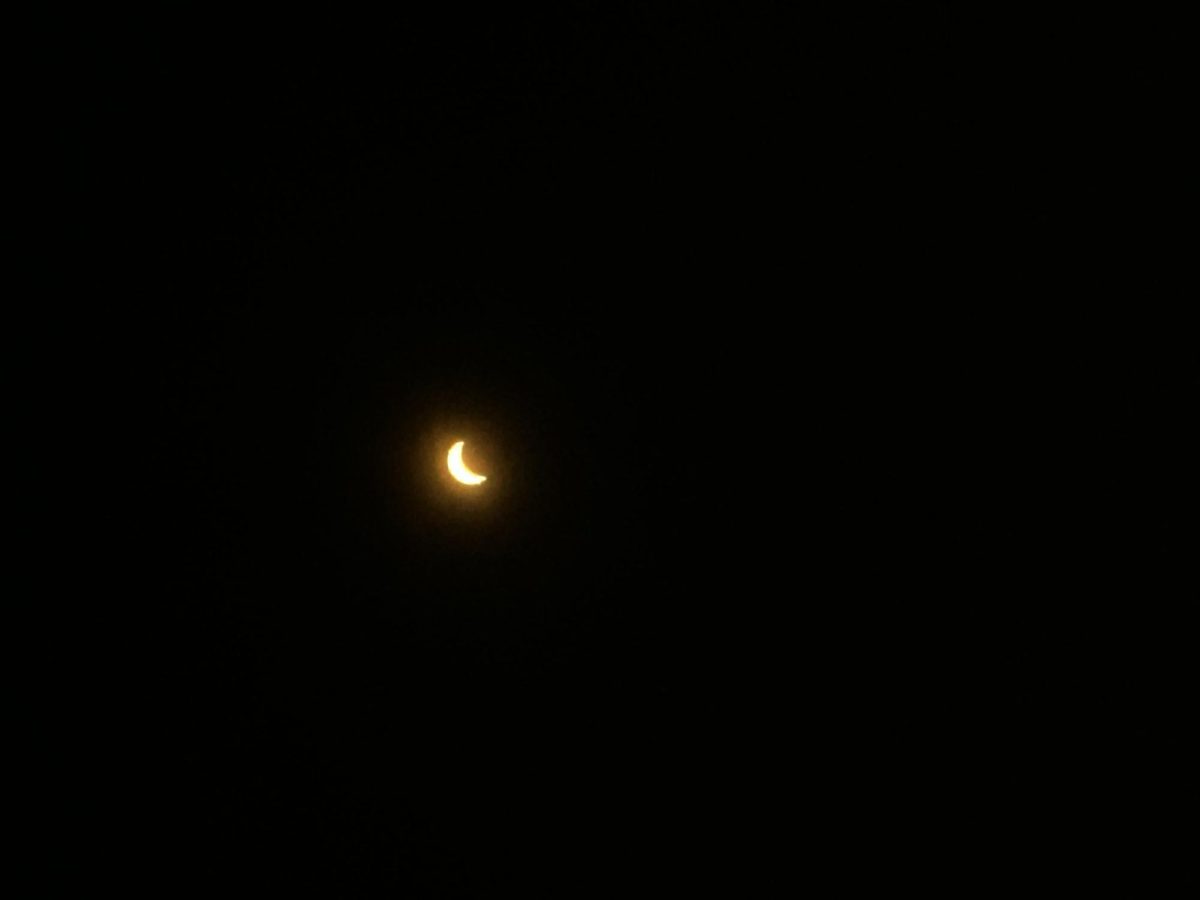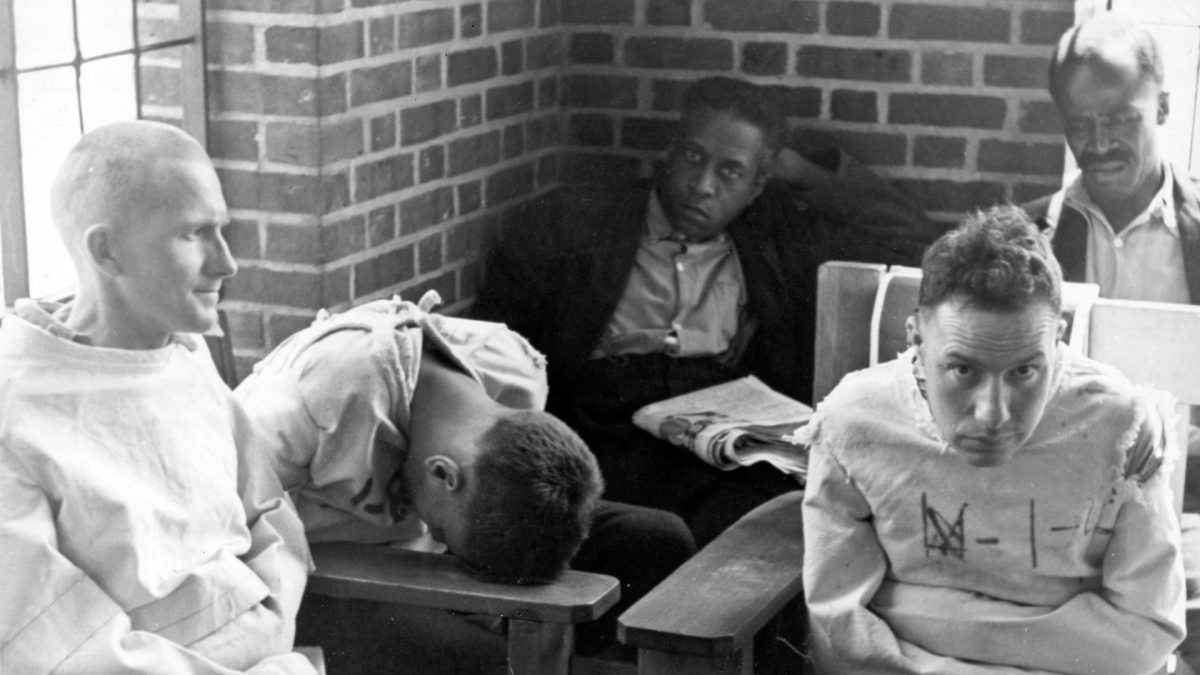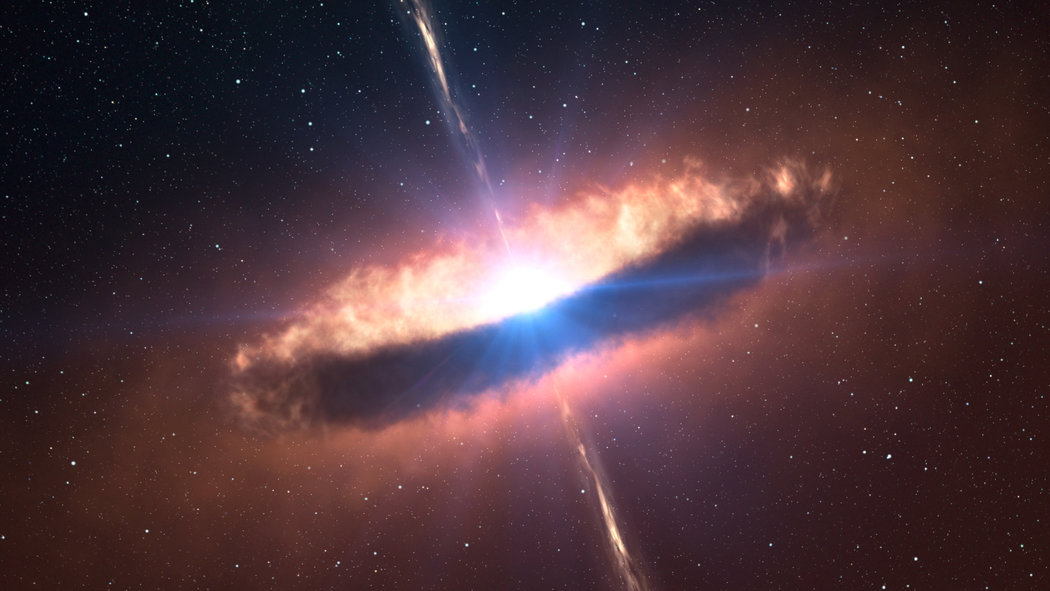The birth of a star is both fascinating and remarkable. Stars start as scattered collections of dust and planetary debris. When enough material is collected the mass starts to spin in a circular tornado pattern pulling in with it large amounts of compounds, most importantly helium and hydrogen.
The spinning of the dust starts to create a gravitational attraction that pulls the material with massive force and condenses it to a ball shape, Hydrogen, and Helium molecules collide creating massive heat. Eventually, the immense heat and constant collision of atoms create a stable nuclear fusion reaction in which an explosion constantly takes place. The energy created by the explosion is then trapped by the star’s vast gravity, which pushes from all directions, creating essentially a furnace.
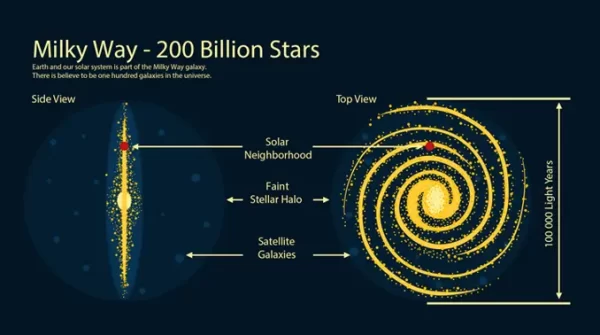
However, in a case where there is not a strong gravitational force acting on both sides, like on Earth, you get a viable way to harness the explosive abilities of nuclear fusion which is how atomic bombs work. The explosion does not get trapped and is free to expand as it pleases. The constant energy created by nuclear fusion is expressed by heat which is contained in the star. As a result, stars glow because of the constant creation of energy that occurs at their core.
A star will die after the core is depleted of the essential compounds needed to induce a fusion reaction. The star’s death is almost immediately felt because without its energy the star will start to implode on itself and will eventually, because of the massive gravity, condense into itself. Depending on the size, it becomes a black hole and will vastly increase in density that anyone or anything that enters will not be able to exit.
The final resulting explosion is known as a supernova and can be detected millions of miles away. Even light itself cannot escape; however, we know that light is not destroyed because in 2021 scientists detected light located beyond the exit of the black hole.
If a dying star is not large enough to form into a black hole it will instead collapse into something called a planetary nebula, and the core of the star might become a white dwarf.
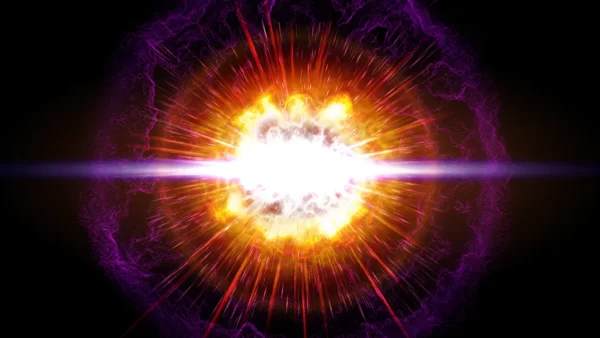
The lifespan of a star is not a short process but instead a massive one often spanning millions and even billions of years. In about five billion years our sun, being a star, will one day run out of fusion material and implode into itself. Scientists are divided over whether the sun is heavy enough to form a black hole after the sun dies.
What is predicted is that the planets will fall out of line due to the sun’s gravity no longer keeping them in line. The sun might collide with all the other planets creating an even bigger mass called a red giant.
Whatever the outcome is, we can only start to understand the vast power of the universe, which allows us to exist at its mercy.












